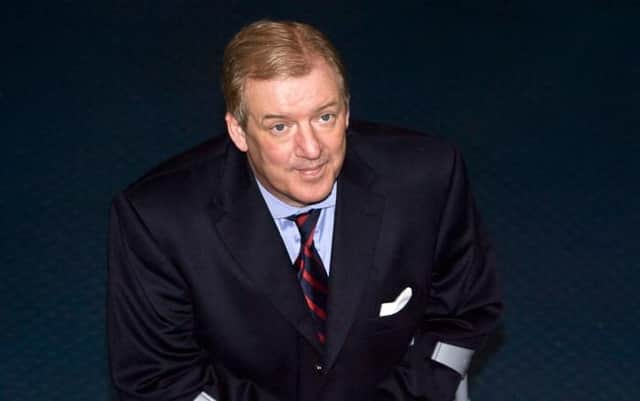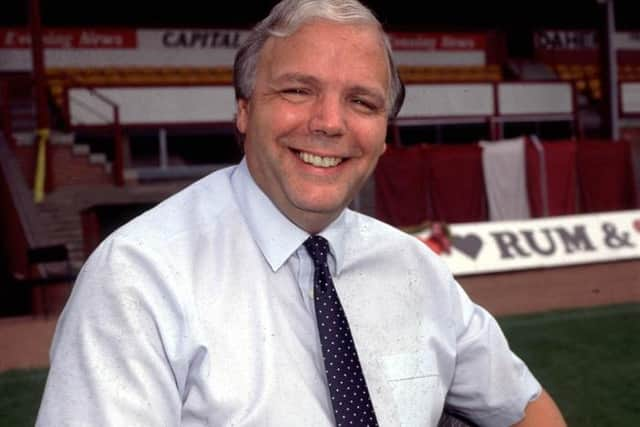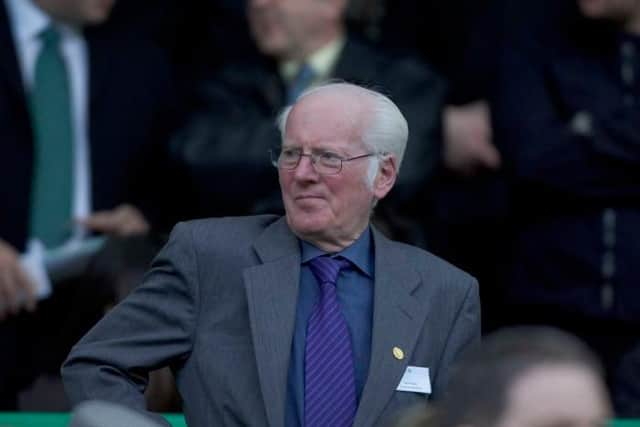Rangers and Hearts owners, Hibs and Aberdeen involved, Celtic wavering - recalling failed Scottish Super League breakaway of 1992


It may not have generated the kind of global headlines prompted this week by the announcement of a European Super League, but Scottish football was consumed by a similar furore almost 30 years ago.
Aberdeen, Celtic, Dundee United, Hearts and Rangers caused shockwaves when they tendered their resignation from the Scottish Football League and declared the formation of a new eight-team Scottish Super League.
Advertisement
Hide AdAdvertisement
Hide AdThe two-year notice period required to quit the SFL, the original governing body of senior league football in Scotland since 1890, meant the new Super League was intended to begin at the start of the 1994-95 season.


The prime movers behind the breakaway were Wallace Mercer and David Murray, the entrepreneurial chairmen and owners of Hearts and Rangers respectively.
Unhappy with the existing 12-team top flight Premier Division of the SFL, with its 44-game schedule, the public relations campaign behind the proposed Scottish Super League looked to strike an altruistic tone as they claimed it would benefit “exhausted players and bored supporters”.
But in the year when the English Premier League had been formed and the European Cup was being rebranded as the Champions League, no-one was in any doubt that the prime motivation was to grab a bigger slice of commercial and broadcasting income.
Hibs, Motherwell and St Johnstone joined the five founding clubs in committing to the plan as Scottish Super League Limited was formally registered. At a media conference in Edinburgh in August 1992, Rangers supremo Murray insisted the rebels would not be deterred by the SFL’s insistence their resignations were legally invalid.


"We are not going to be bluffed into a situation,” said Murray. “We are going forward, we have taken legal opinion, we believe we are in the right.
"We've been forced into this situation. I know supporters of the smaller clubs will say 'rules for one, rules for others, and it could be to the detriment of the game.' I am sorry. My job is to look after Rangers Football Club, as it is the chairmen to look after their clubs. We see this as the way forward for a better standard of football and that's it."
No relegation was planned for the first two years of the Super League which would adopt a bizarre system of three points for an away win, two points for a home win and one point for a draw.
Advertisement
Hide AdAdvertisement
Hide AdConcerns were quickly raised over the loss of gate income in a 28-game, eight-team season. Partick Thistle and Dunfermline were then signed up to increase the quota to ten clubs.
But momentum behind the plan soon began to stall. Celtic’s backing lacked conviction with chairman Kevin Kelly saying his club “fervently hoped it never came to pass”, even though they fully agreed with the need for change. Their preference was for it to be achieved within the SFL.
The acrimony continued for several months before a peace deal was brokered with the SFL in the form of league reconstruction and a 10-team Premier Division from 1994. But it was an uneasy alliance which was shattered forever just three years later when the Scottish Premier League was formed.